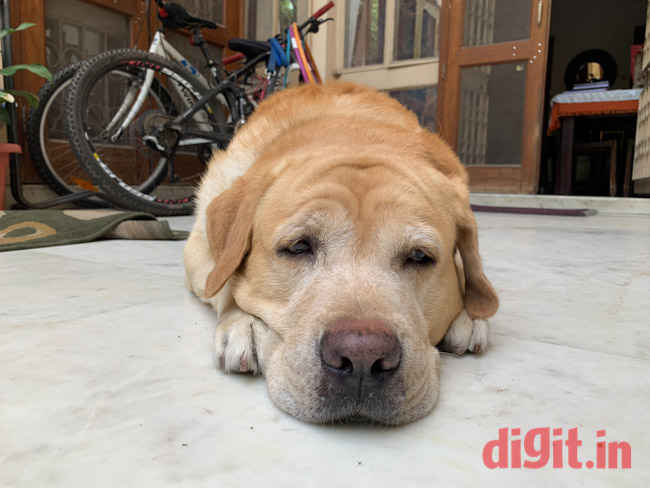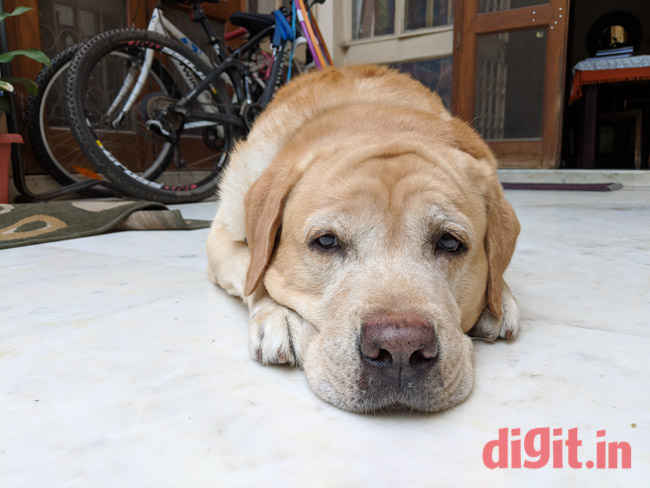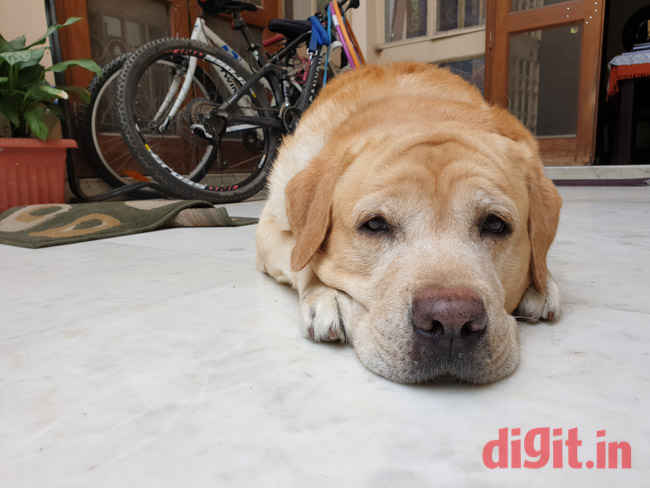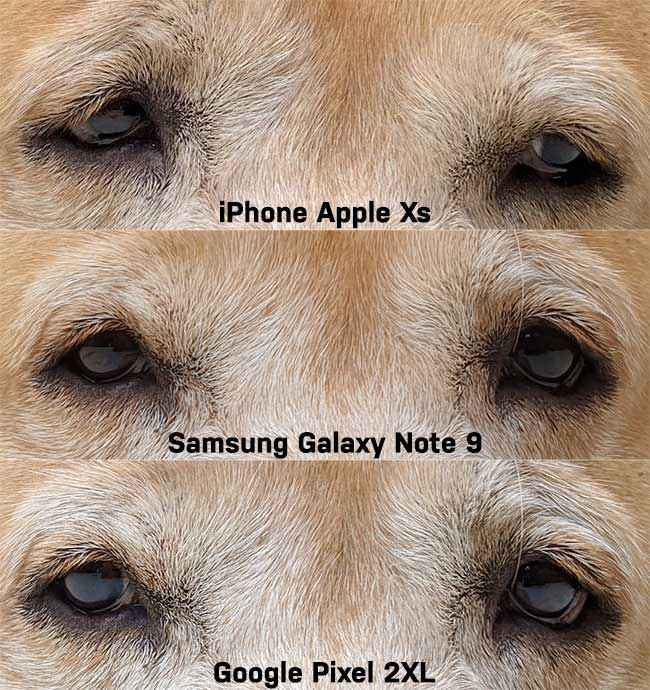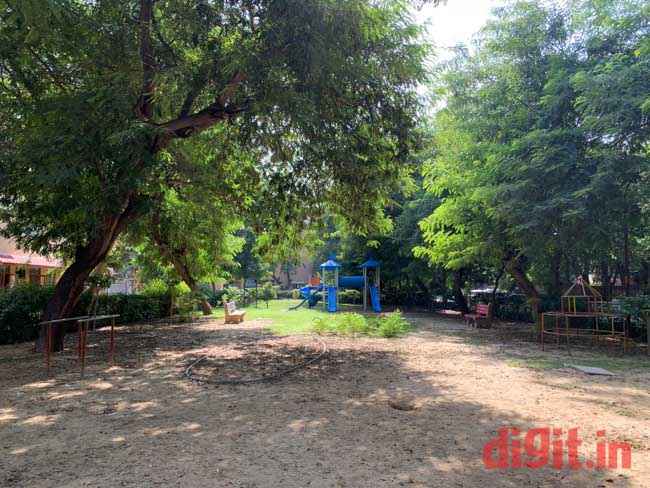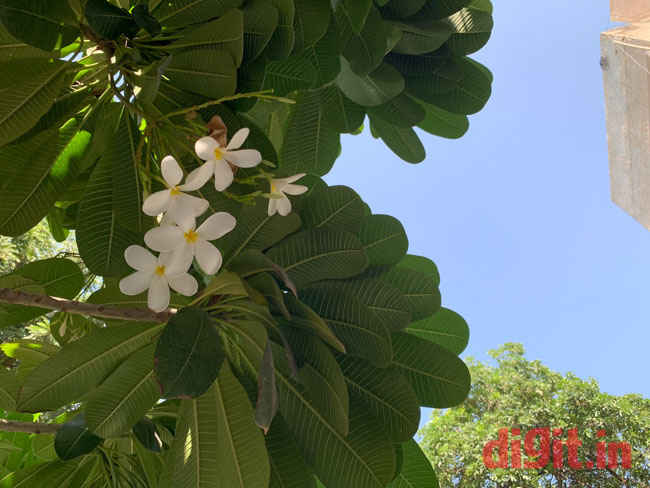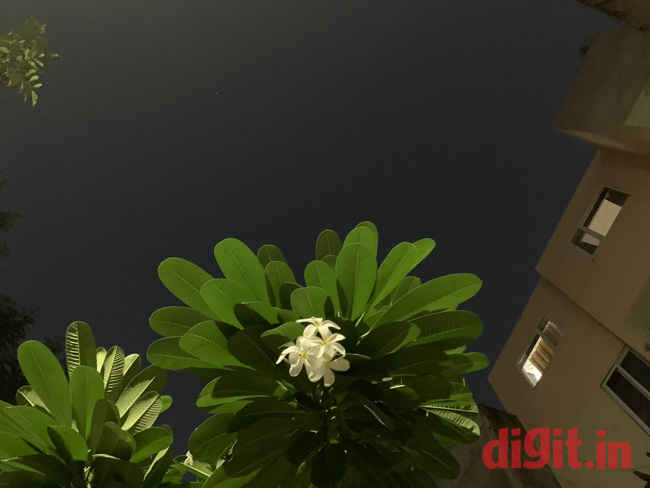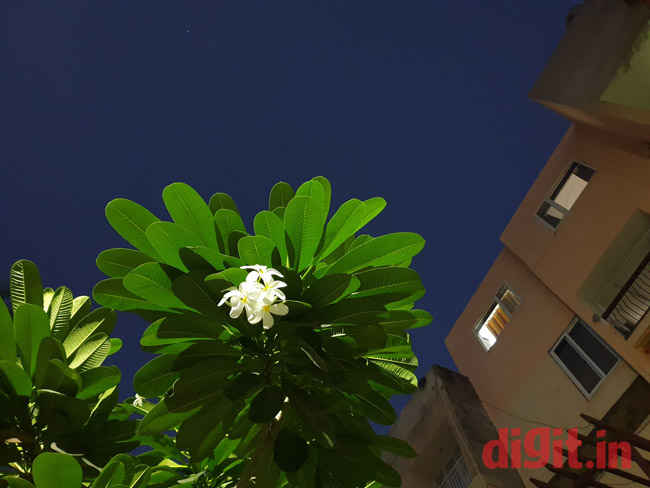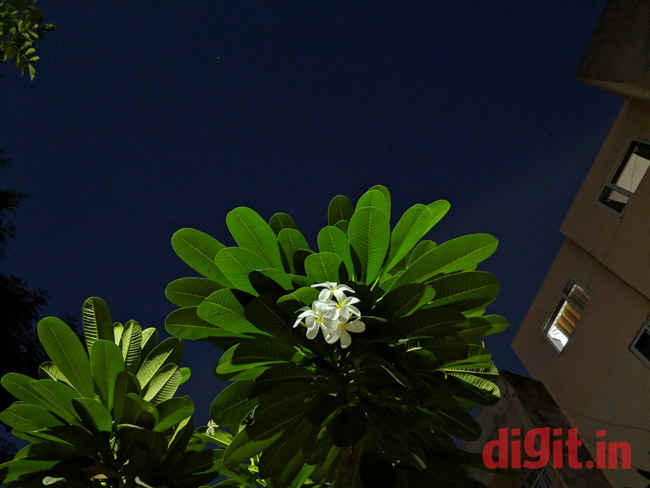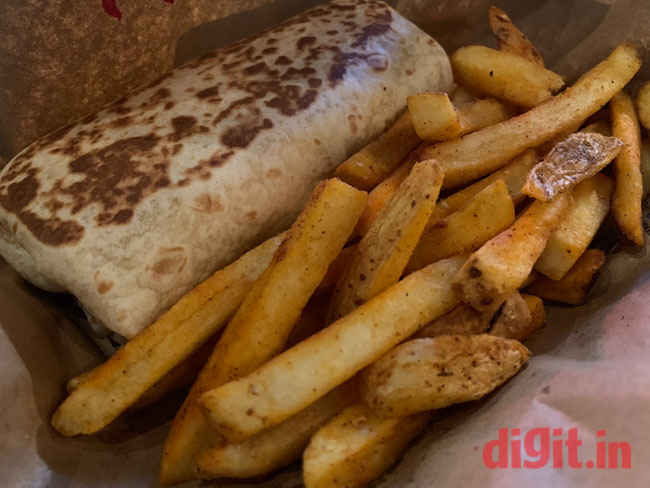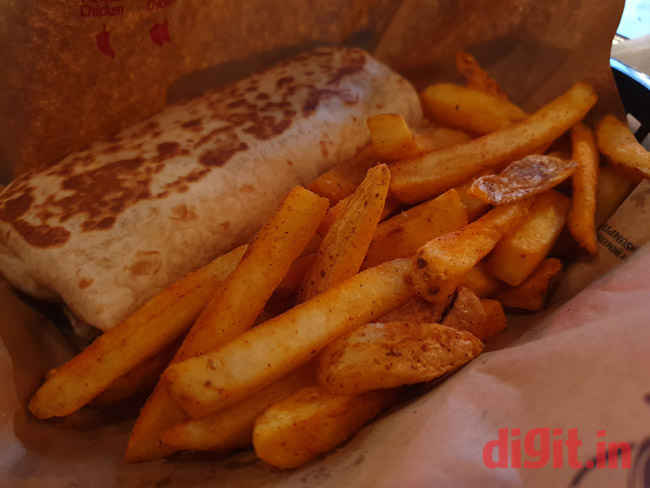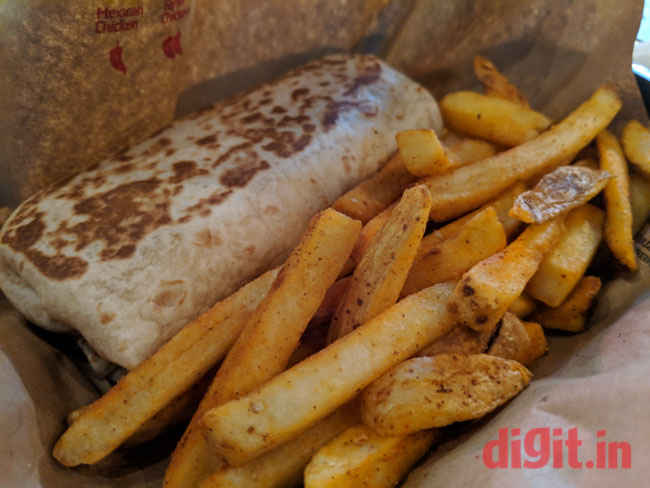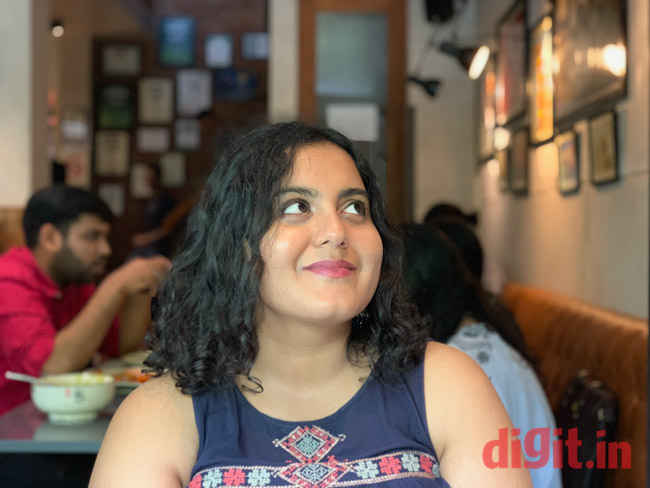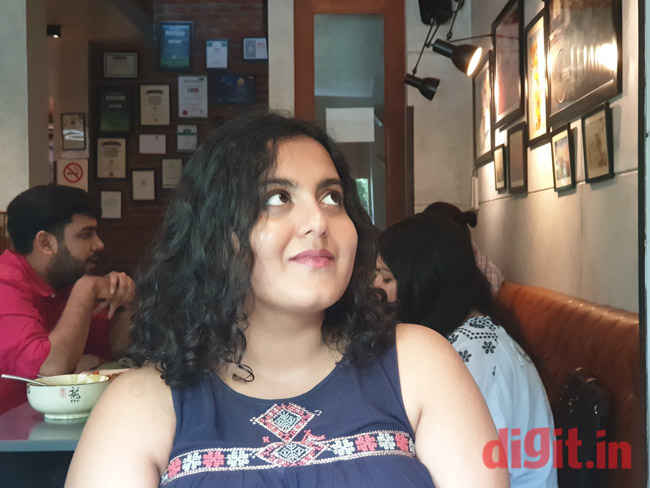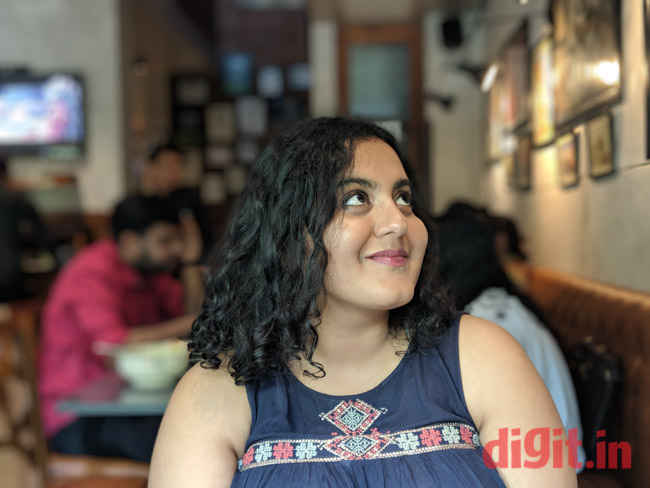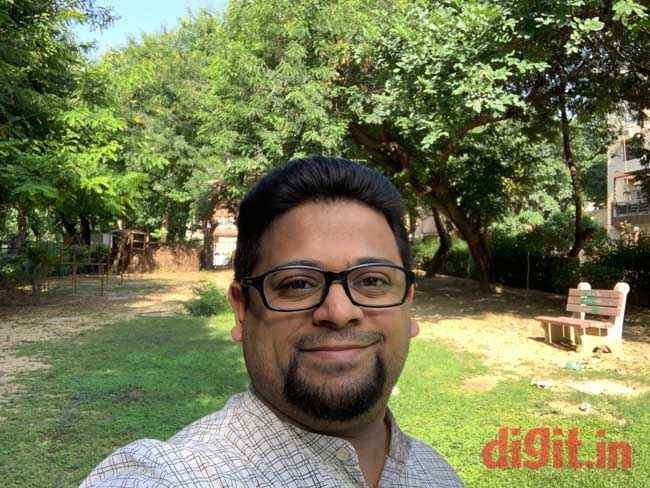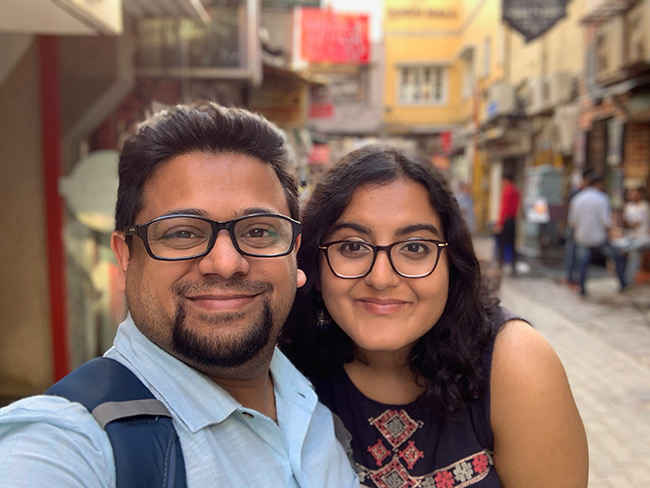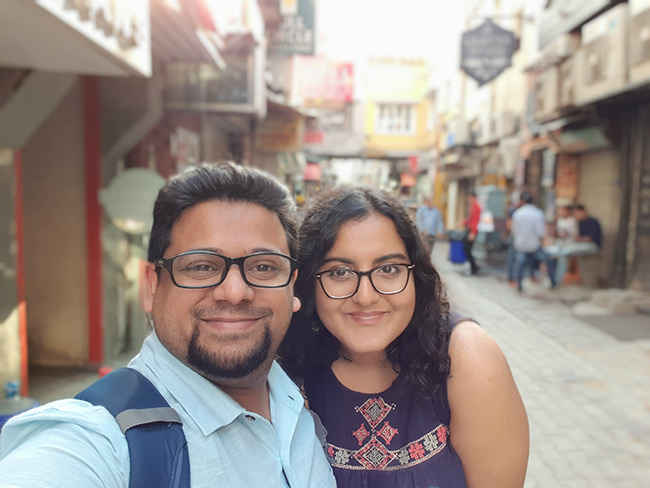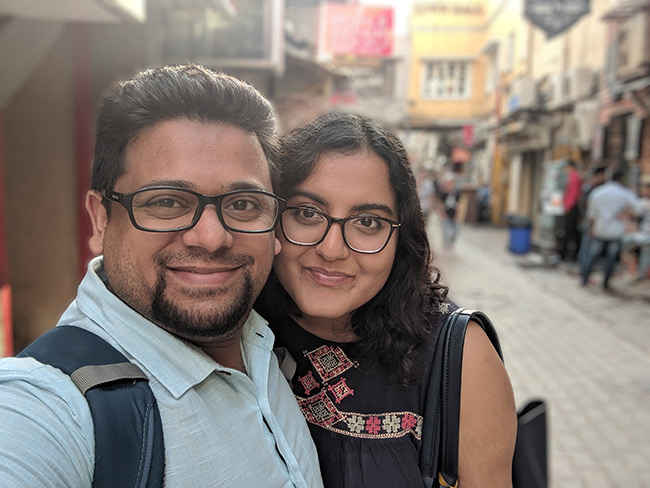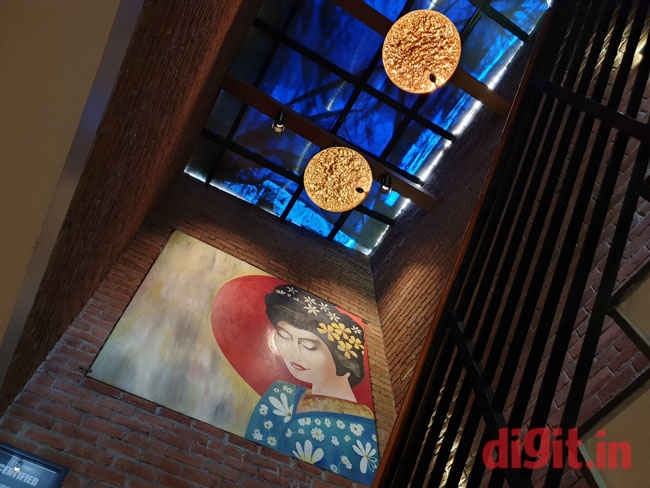iPhone XS, Note 9, Pixel 2XL camera comparison: 200 photos, one winner
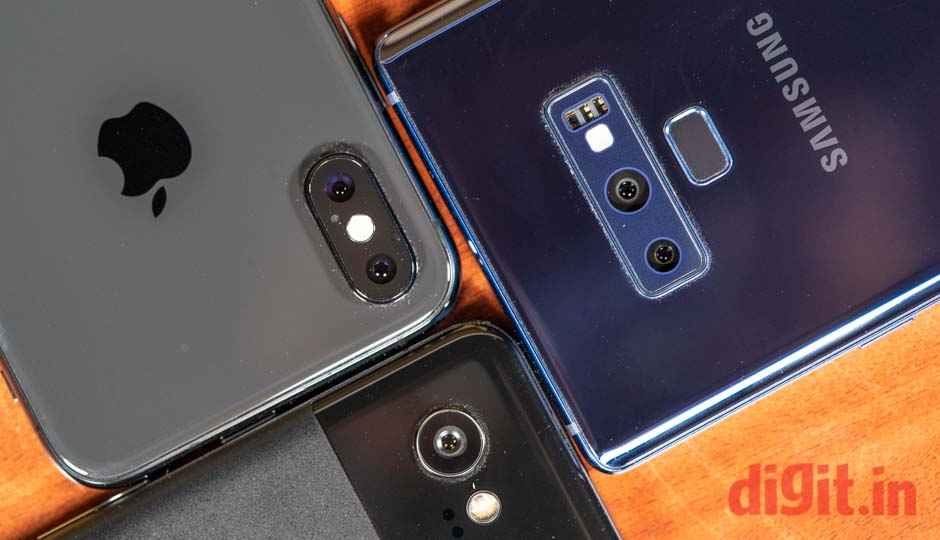
We pit the two most popular flagship smartphone cameras, the Google Pixel 2XL and the Samsung GalaxyNote 9 against the Apple iPhone XS and after 600+ test shots, we know which one is the better smartphone camera
Many of us turn to our smartphones to document our daily lives or to capture moments that we would want to cherish forever. This is probably one of the reasons why we receive so many questions about which smartphone is the best for taking photos. In the course of our reviews over the year, the Google Pixel 2XL and the Samsung Galaxy Note 9 have emerged as not only some of the best smartphones but also two of the best imaging devices. So when the iPhone XS and the XS Max landed up in our test lab, it was only natural for us to pit the three against each other to see which smartphone is the best imaging device.
How we tested
In order to evaluate the imaging performance of the Apple iPhone XS, the Google Pixel 2XL and the Samsung Galaxy Note 9, we shot over a total of 600 photos in a myriad of scenarios. From food to portraits to late night landscape. We looked for each camera’s capabilities to resolve and preserve detail, dynamic range, HDR capabilities, focusing speed and accuracy, white balance characteristics and each camera’s ability to handle backlit subjects. We left the telephoto lens of the iPhone XS and Samsung Galaxy Note 9 out of the scoring process since that would put the Pixel at a serious disadvantage, but we did take comparative shots for both the smartphones regardless. Of the 600 or so photos taken during this test period, we have uploaded roughly 200 comparative photos to our Flickr Gallery so you can see all of them in full resolution. Special care was taken to clean the camera lenses before every shot and it was made sure that all shots were taken on auto mode, with HDR on. All photos were finally proofed and evaluated on a Dell Ultrasharp monitor and a Macbook Pro display, both of which were colour calibrated for 100 percent sRGB accuracy. So which smartphone won? Let’s find out.
Disclaimer
All photos you see in this article have been resized to be optimised for the web.
In order to see the full-resolution unedited photos, head over to our Apple iPhoneXS vs Google Pixel 2XL vs Samsung Galaxy Note 9 Flickr Gallery
Detail
One of the biggest problems with smartphone cameras has been their inability to preserve detail. This isn’t a factor of just small sensors or sub-par optics, but often a result of infuriatingly aggressive JPG compression being used to keep file sizes small. The result is skin that looks like a sheet of plastic, trees and foliage that look like a painting. So the first thing we looked for was each camera’s ability to preserve detail across the board. Below are a few samples which have been resized for web.
Apple iPhone XS
Google Pixel 2XL
Samsung Galaxy Note 9
100% Crop of focus area
It is clear from the above samples that all three cameras do a very good job of maximizing detail. Samsung’s Galaxy Note 9 tends to over sharpen things, but the Google Pixel 2XL and the iPhone XS do a splendid job of preserving detail. However, the Pixel edges the iPhone out by just a hair.
Apple iPhone XS: 8.5/10
Google Pixel 2XL: 9/10
Samsung Galaxy Note 9: 8/10
Winner: Google Pixel 2XL
HDR/Landscape
The Google Pixel originally made waves for its incredible HDR algorithm. The Google Pixel 2XL further improved on the original camera. The iPhone itself was the one to bring HDR photography into the mainstream. Samsung too started implementing HDR photography on their smartphones, but with the Note 9, they also built in a smart algorithm capable of detecting the scene and applying the appropriate colour correction. We used the three smartphones in all kinds of lighting situations, especially focusing on conditions with harsh lighting. This was to see how far we could push the HDR algorithm in order to squeeze out the most dynamic range possible. Here we found the Pixel to grossly under-represent the shadows, often losing out on details in darker areas. The Samsung Galaxy Note 9 did a pretty good job at balancing most image attributes but in conditions of harsh mid-day lighting, there were instances where the halation was obvious around the division between the trees and the sky. Halation is a slight discolouration around the edges of separation where the colour appears a little faded. The iPhone XS, with its new Smart HDR process, managed to come out on top in this test.
Apple iPhone XS
Samsung Galaxy Note 9
Google Pixel 2XL
Apple iPhone XS
Samsung Galaxy Note 9
Google Pixel 2XL
Apple iPhone XS: 9/10
Google Pixel 2XL: 7/10
Samsung Galaxy Note 9: 8.5/10
Winner: Apple iPhone XS
Autofocus
One of the most critical parts of being able to shoot a good photo is the autofocus. No matter how well the photo is composed or exposed, if the subject is out of focus, it’s a useless photo. In this regard, all three smartphones have had a pretty good record when it comes to focusing. The iPhone XS now boasts of more phase detect pixels than before, but in typical Apple fashion, the company doesn’t actually say how many pixels constitute the focusing chops. Samsung Galaxy Note 9 and Google Pixel 2XL both sport dual-pixel AF. We used it to track a fast moving dog, small distant objects and even objects at extremely close range. The idea was to replicate as many real-life scenarios as possible and found the iPhone being just a hair ahead of the competition, winning based on an extreme scenario. This was the iPhone’s ability to consistently lock focus on a strongly backlit subject 10/10 times. However, when it came to most day-to-day usage, the iPhone was just a hair faster. The Pixel 2 XL sometimes showed signs of focus breathing while the Note 9 would take a moment to lock focus. While there are just-barely discernable differences in focusing speed, what was at par across three cameras was their ability to lock focus on the intended subject.
Apple iPhone XS: 9/10
Google Pixel 2XL: 8/10
Samsung Galaxy Note 9: 8/10
Winner: Apple iPhone XS
Low Light
This is one of my favourite parts of our testing process. Smartphone manufacturers often boast about the imaging prowess of their device rivalling that of DSLRs. One such area is going to be low-light or high ISO performance of the sensor. Additionally, low light performance also incorporates the performance of the focusing system. In our low light shooting tests, all three phones showed near identical behaviour. Focusing slowed down a little bit for all three phones, but not enough to be frustrating. We tested the ISO performance of the three cameras using our standard test scene and found something very interesting. While shooting our test scene with all lights turned off and very little ambient light, all three cameras managed to shoot the scene with proper exposure with their respective ISOs capped below ISO 1600. Typically, we see smartphones struggle in this kind of lighting, pushing the ISO well into the un-usable range of ISO. However, with the three, we had to double check the EXIF data and verify the ISO numbers because the images looked that clean. Since the phones did well in the test scene, the only other choice was to use them outdoors at night. This is where we found the cameras going into the ISO 3000 range, where the sensors finally exhibit performance hit. What was most obvious was the drastic drop in sharpness across the frame. There was also a slight colour shift in the iPhone photo, but the Note 9 shows signs of over-saturation to compensate. All three phones are definitely applying very aggressive noise reduction algorithms at this stage, causing a noticeable loss in detail and hence, sharpness. For this category, we are going to give all three phones an equal score of 8/10.
Apple iPhone XS
Samsung Galaxy Note 9
Google Pixel 2XL
Apple iPhone XS
Samsung Galaxy Note 9
Google Pixel 2XL
Apple iPhone XS: 8/10
Google Pixel 2XL: 8/10
Samsung Galaxy Note 9: 8/10
Winner: Tie
Portrait Mode
Portrait mode, ever since it was popularized by the iPhone 7 Plus, has been a feature every smartphone manufacturer has tried to provide in their smartphones. While the iPhone XS and Samsung Galaxy Note 9 both offer telephoto lenses to help with the portrait mode, the Google Pixel 2XL uses sensor-level dual pixel and clever segmentation algorithm to create simulated portraits. It doesn’t have a camera, something that raised concerns when the phone was originally launched. Suffice to say, everyone has come to accept that the Google Pixel 2XL takes some of the best portrait mode photos of any smartphone. Our testing revealed that the top spot still belongs to the Google-made smartphone. One of the biggest wins for the Pixel 2XL is that it isn’t restrained by the subject distance, unlike the iPhone XS and the Note 9, both of which require the subject to be within a specific distance from the camera, limiting the framing possibilities. The Samsung Galaxy Note 9 had the poorest performance, with its ‘Live Focus’ feature not being able to replicate neither the bokeh nor the richness of colours in our test shots. The iPhone XS, which now boasts of a Portrait Mode augmented by the study of multiple professional cameras and lens combinations also fell a little short of its tall claims. We consistently noted a slight black smudge around the top of our subjects’ heads, in the area where the head ends and the background begins. Then there is the problem with light. If there isn’t enough light, both the iPhone and the Note 9’s performance goes down given their f/2.4 aperture. We found that it was best to just avoid using the Live Focus mode on the Note 9. The iPhone still did a pretty good job of shooting portraits, although there was still room for improvement. The Google Pixel 2XL, on the other hand, produced the best portrait mode photos, despite having just one camera.
Apple iPhone XS
Samsung Galaxy Note 9
Google Pixel 2XL
Apple iPhone XS: 8/10
Google Pixel 2XL: 9/10
Samsung Galaxy Note 9: 8/10
Winner: Google Pixel 2XL
Selfie
Everyone loves good selfies and towards that, all three of our cameras offer the best possible features. Along with the regular selfie, we also now get Portrait mode. The iPhone XS also offers optical image stabilization for the front facing camera while the Samsung Galaxy Note 9 offers autofocusing. Once again, the Pixel 2XL seems to be the most modest of the three.
In our test, we found the Pixel to produce the nicest colour tones but had a tendency to underexpose by one-third of a stop. For backlit selfies during the day, the Pixel produced sharp images with good colours with exposure priority for the face. We see shadow detail mostly preserved in the photo, but the highlights are just about blown. The selfie from the Samsung Note 9 was the least saturated, looking a little on the flatter side, but nothing that a little editing can’t fix. Where the camera did falter was in dynamic range and edge sharpness. The edges in our selfie shot are noticeably soft, but what’s more disappointing is the big patches of blown highlights in the sky and the ground that is directly lit by sunlight. The iPhone XS once again produced wonderful selfies, albeit with a narrower field of view. The colours, dynamic range and sharpness are within what we would expect from a flagship smartphone camera and comes neck-to-neck with the Pixel 2XL, with the edging out the iPhone XS for its slightly sharper images.
Apple iPhone XS
Samsung Galaxy Note 9
Google Pixel 2XL
Apple iPhone XS: 8/10
Google Pixel 2XL: 9/10
Samsung Galaxy Note 9: 8/10
Winner: Google Pixel 2XL
Portrait Selfie
Surprisingly, all three smartphones took impressive portrait shots from the front-facing cameras. In our time testing the front-facing camera’s portrait mode capabilities, we found that the iPhone XS did not suffer from the edge bleeding like it did in the Portrait photos taken from the back camera. However, the 32mm field of view does make it a little harder to take photos in groups, especially portraits. The Note 9 and the Google Pixel 2XL do make it easier to take portrait selfies in groups thanks to their wider 24mm focal length. Interestingly though, all three smartphones produce a noticeable separation between the subject and the background, with neither looking like they were shot on a DSLR. While the iPhone XS and the Samsung Galaxy Note 9 both ended up including parts of the head in the blur, the Pixel created a sharp cut-off between the foreground and background. The Pixel produces the sharpest portrait selfies, while the iPhone XS shot has better colours. The Note 9’s selfies are fine too, but the lack of saturation means you’re going to need to edit them for sure.
Apple iPhone XS
Samsung Galaxy Note 9
Google Pixel 2XL
Apple iPhone XS: 9/10
Google Pixel 2XL: 9/10
Samsung Galaxy Note 9: 8/10
Winner: Tie – Google Pixel 2XL and iPhone XS
Colour and White Balance
Of the many important aspects that make up a quality image, accurate colour reproduction and proper white balance are important too. This becomes even more important because when shooting in JPG, there isn’t a lot you can do in edit, so it’s important that the image you get after pressing the shutter button is as perfect as possible. With HDR now become a staple in shooting, colour accuracy can sometimes be questionable, but what still remains a dominant factor is the white balance.
In our testing, we found the iPhone to consistently produce images with a white balance that favoured cooler tones, except when shooting people. When people are involved, the iPhone warms everything up. Over the course of 300 photos, we shot with the iPhone XS exclusively, there were very few photos that needed colour and white balance correction.
Apple iPhone XS
Samsung Galaxy Note 9
Google Pixel 2XL
The Google Pixel 2XL consistently produces photos that favour a warm white balance, however, in few situations (shooting landscape) the white balance was excessively warm. In terms of colours, however, the Pixel does produce more natural looking shades of colour.
The Samsung Galaxy Note 9 in our testing had the most accurate white balance rendition, however, it tends to oversaturate colours in some situations, while producing some images which lacked sufficient colour. Due to its inconsistency with colour, it lost a few points.
Apple iPhone XS
Samsung Galaxy Note 9
Google Pixel 2XL
Colour Score
Apple iPhone XS: 9/10
Google Pixel 2XL: 8.5/10
Samsung Galaxy Note 9: 8/10
Winner: Tie – Apple iPhone XS
White Balance Score
Apple iPhone XS: 7/10
Google Pixel 2XL: 8/10
Samsung Galaxy Note 9: 8.5/10
Winner: Tie – Samsung Galaxy Note 9
Conclusion
So you’ve managed to get to the bottom of this 2000+ word article and in case you’re still wondering which smartphone emerges as the winner, well, it is the Apple iPhone XS with a total score of 84.9. The Google Pixel 2XL scored 84.1 and the Samsung Note 9 racked up 83.75. Honestly, between the three, the difference is so minute that you couldn’t go wrong with either smartphone. However, the Pixel 2XL does suffer a disadvantage due to the lack of a telephoto lens. Sure, it can take great portrait shots despite the missing lens, however, what it cannot do is produce great looking macro shots free from distortion. We did compare the Apple iPhone XS and Samsung Galaxy Note 9’s secondary cameras which get their separate Flickr Gallery. When it comes to pure photography, out of the three, the iPhone XS would be the recommended choice for its consistent performance and the presence of the telephoto lens, which itself takes great photos. The Pixel 2XL is our second recommendation, but you’re going to have to be okay with not having a telephoto lens. The Samsung Galaxy Note 9 has a great camera as well, which falters only ever so slightly, but the camera app interface is not as simplistic as the one on the iPhone or the Pixel. Some users might find it a little overwhelming in all honesty.
You can view the Apple iPhone XS and Samsung Galaxy Note 9 Secondary Camera samples in our Flickr Gallery here.
What is more interesting is how last year’s Pixel 2XL managed to hold it own against the flagships of this year. With the Pixel 3 launch just around the corner, we cannot wait to do another comparison between the new Pixel and the iPhone XS.
Swapnil Mathur
Swapnil was Digit's resident camera nerd, (un)official product photographer and the Reviews Editor. Swapnil has moved-on to newer challenges. For any communication related to his stories, please mail us using the email id given here. View Full Profile

